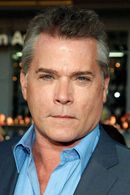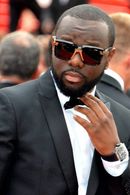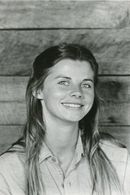Jacques Herzog's academic journey began with a high school diploma, which he obtained alongside Pierre de Meuron in 1975. The duo then pursued architecture at the Swiss Federal Institute of Technology ETH Zurich under the guidance of esteemed professors Aldo Rossi and Dolf Schnebli. This marked the beginning of a lifelong collaboration between Herzog and de Meuron.
In 1978, Herzog co-founded the architectural firm Herzog & de Meuron in Basel, Switzerland, alongside his long-time partner Pierre de Meuron. The firm's early projects garnered significant attention, particularly in the realm of museum and collection buildings.
Herzog's academic pursuits continued as he held a visiting professorship at Cornell University in Ithaca, New York, USA, in 1983. This was followed by a stint as a professor at the Eberswalde University of Applied Sciences, where the firm built the university library from 1993 to 1996.
The firm's reputation grew as they completed the SBB signal box in Basel between 1994 and 1996, and Herzog was appointed professor at Harvard University in Cambridge, Massachusetts, USA, in 1994. The firm's first international recognition came with the expansion of the Tate Gallery of Modern Art in London between 1995 and 1997.
Herzog's academic tenure continued as he became a professor at ETH Zurich in 1999, where he founded the ETH Studio Basel. In 2000, he received an honorary doctorate in political science from the Faculty of Economics at the University of Basel, alongside Pierre de Meuron.
The firm's accolades continued to accumulate, with the Pritzker Prize being awarded to Herzog & de Meuron in 2001. The same year saw the opening of the ST stadium in Basel and the Jakob Park Stadium in Basel.
In 2002, Herzog co-founded the Contemporary City Institute with the ETH Studio Basel. The firm's partnership with Robert Hösl and Ascan Mergenthaler was formalized in 2003, around the same time they were awarded the contract to build the National Stadium for the 2008 Summer Olympics in Beijing.
The Allianz Arena football stadium in Munich, completed in 2005, featured a unique design element – plastic cushions on the outer skin that could be changed to display different colors. The stadium hosted the opening of the World Cup in June 2006 and quickly became one of the most popular buildings in Germany.
The firm's most recent and notable projects include the Elbphilharmonie in HafenCity Hamburg, which is being hailed as a new landmark for the city.



















